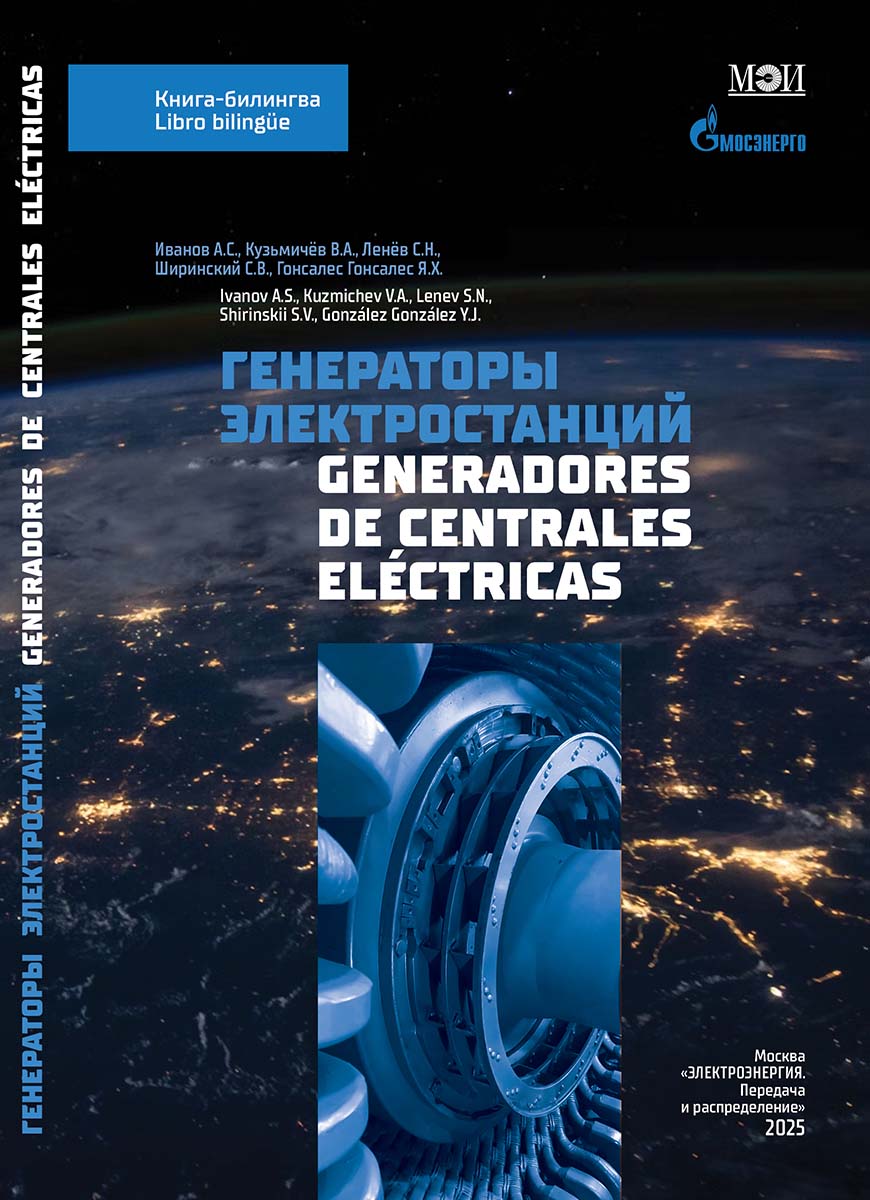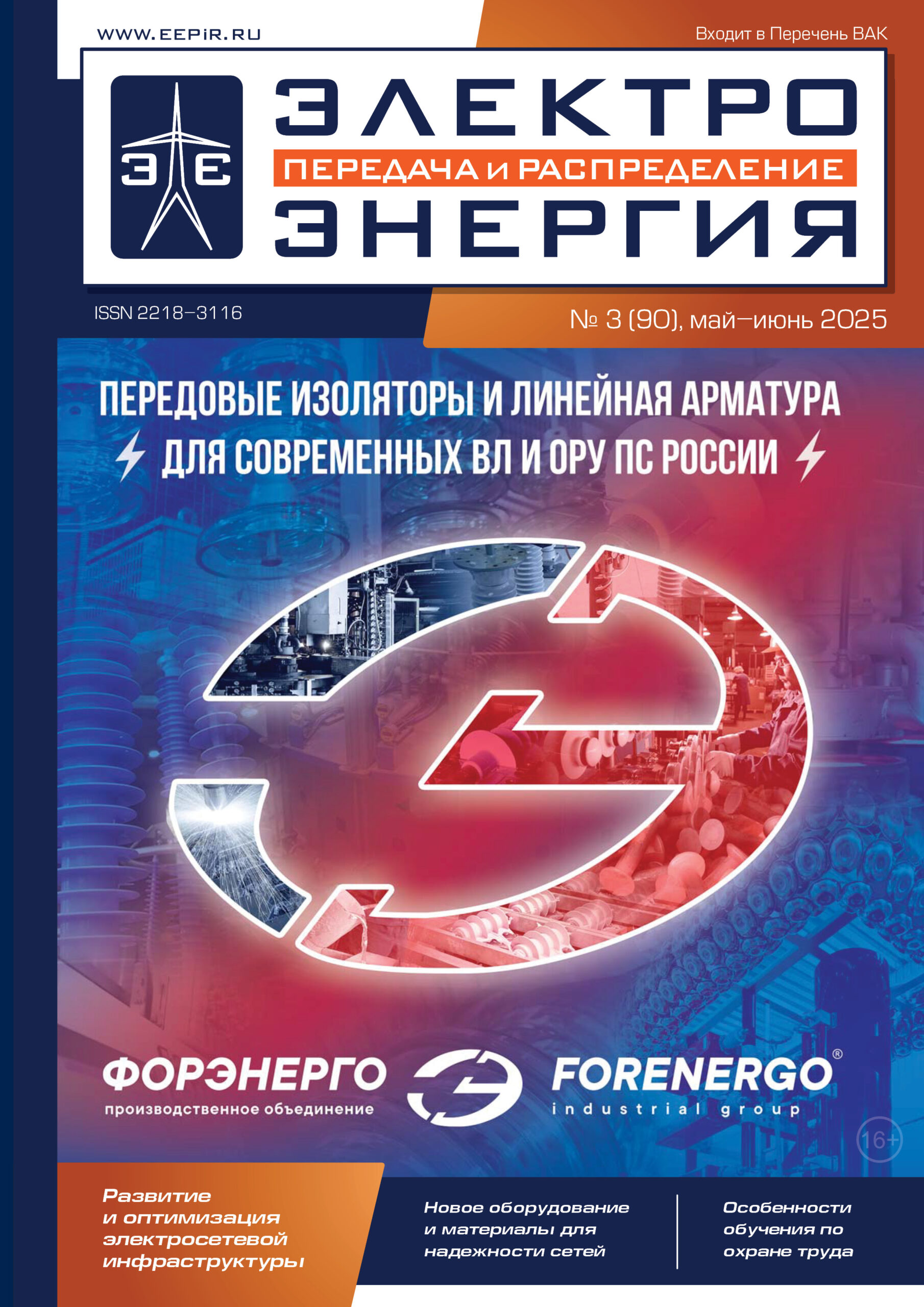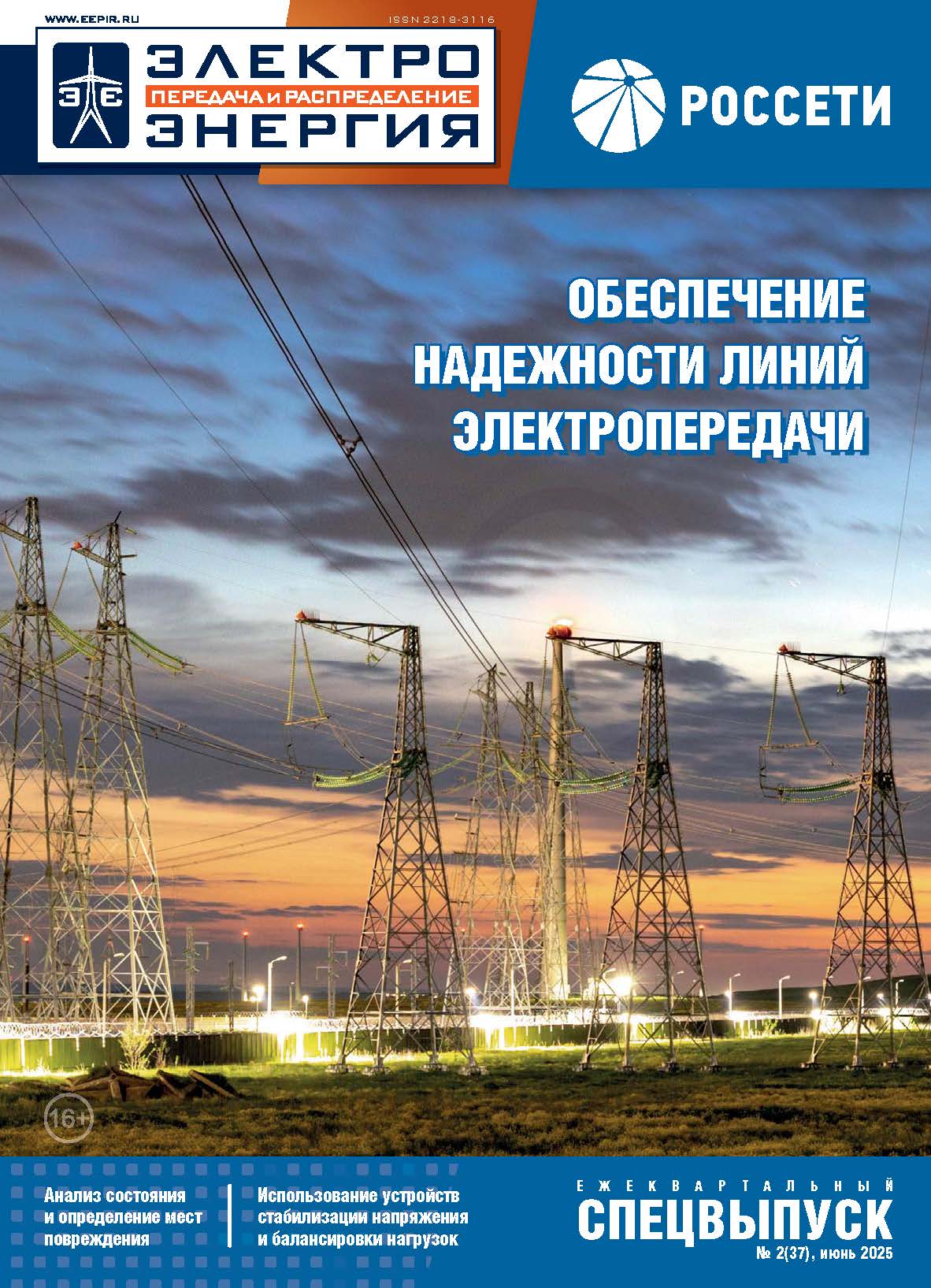 2020 eepir/5 (62) 2020 eepir_обложка.jpeg)
14 октября 2020
«ЭЛЕКТРОЭНЕРГИЯ. Передача и распределение» № 5(62), сентябрь-октябрь 2020
ЭЛЕКТРОЗАРЯДНАЯ ИНФРАСТРУКТУРА
ЭЛЕКТРОЗАРЯДНАЯ ИНФРАСТРУКТУРА
РАБОТА ПОД НАПРЯЖЕНИЕМ
ЦИФРОВАЯ ТРАНСФОРМАЦИЯ
НАКОПИТЕЛИ ЭЛЕКТРОЭНЕРГИИ
ЭНЕРГОСНАБЖЕНИЕ
ЭНЕРГОСНАБЖЕНИЕ
ЭНЕРГОСНАБЖЕНИЕ
ЭНЕРГОСНАБЖЕНИЕ
ВОЗДУШНЫЕ ЛИНИИ
ОБОРУДОВАНИЕ
ДИАГНОСТИКА И МОНИТОРИНГ
ДИАГНОСТИКА И МОНИТОРИНГ
ОХРАНА ТРУДА
EVENTS
A New Format of Cooperation for Customers and Producers to Achieve the Goals of Vision Zero
An Essential Element of the Training System
Range of Services and Training in Labor Protection
а
nd Occupational Safety
GUEST OF ISSUE
To Work with Maximum Efficiency
TOPICAL INTERVIEW
PJSC Rosseti: we create an ecosystem for transport of the future
CHARGING INFRASTRUCTURE
NSP – Quick-Operating Charging Stations for Electric Vehicles – a New Brand of OOO ZETZ (Zelenodolsk Electrotechnical Plant)
Status Quo and Future Development of Global EV Charging and Battery Swapping Facilities
WORK UNDER VOLTAGE
Live Work: Improved Level of Personnel Competence and Corporate Culture
In Close to Real Conditions
Customer-Oriented Approach for Innovative Solution Implementation
DIGITAL TRANSFORMATION
Electrical Power Equipment Digital Twins – Basic Principles and Technical Requirements
ENERGY STORAGE
Assessment the Accuracy of Mathematical Model of Energy Storage System Based ontheResults of Experiment at Gas Piston Power Station
ELECTRIC POWER SUPPLY
Optimization of Scenarios of Development And Placement of Generating Capacities andRequirements to Capacity of Intersystem Power Lines of the EPS
Energy-saving solutions for distributed electrical networks based on their actual load analysis
Demand Side Management – Current State and Development Prospects
Payment for Reserve Power: the Draft Law Should Fairly Distribute Network Capacities, However it Mistakenly Treats Generators as Consumers
Bittsa Substation Will Change Over to a Higher Voltage Class
OVERHEAD TRANSMISSION LINES
To Lightning-Surge Proofness of Overhead Transmission Lines
Launch of the Second Production Site of NILED Company
Integrated Approach to Work-At Heights Safety
A Bird Protection Testing Site “Yashkul’skiy” Is Constructed in the Republic of Kalmykia
CABLE LINES
Estralin Company Masters Advanced Digital Manufacturing Techniques
TATCABLE Plant, a High-Tech Enterprise with Major Ambitions
Basic Factors Affecting Reliability of Cable Joints
EQUIPMENT
Electrostatic and electrodynamic forces in SF6 GIS in normal operating conditions
DIAGNOSTICS AND MONITORING
Study of transformer design as a powerful diagnostic tool. Part 2
Partial Discharge Monitoring Systems in GIS
Analysis of Changes in the Technical State of the Electrical Equipment Fleet Using Artificial Intelligence
PERSONNEL TRAINING
Competence Assessment Centers in Power Engineering: from Theory to Practice
LABOR PROTECTION
Current Issues of Conducting the Special Assessment of Working Conditions at Energy Enterprises
INDUSTRIAL INJURIES
Lessons Learned from Accidents
GLOBAL EXPERIENCE
The Role of Grid Companies in Energy Transition






